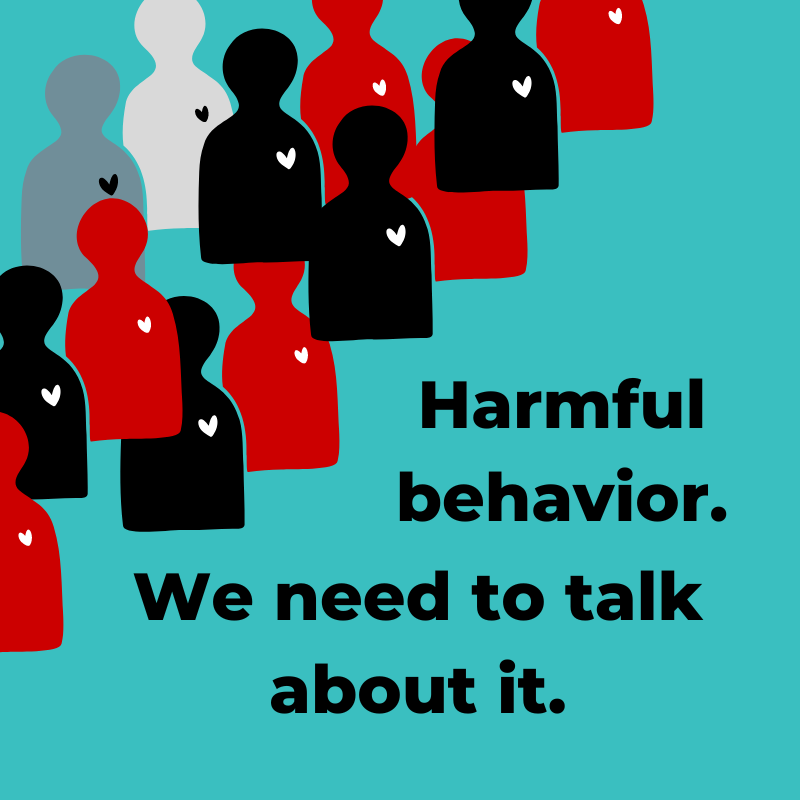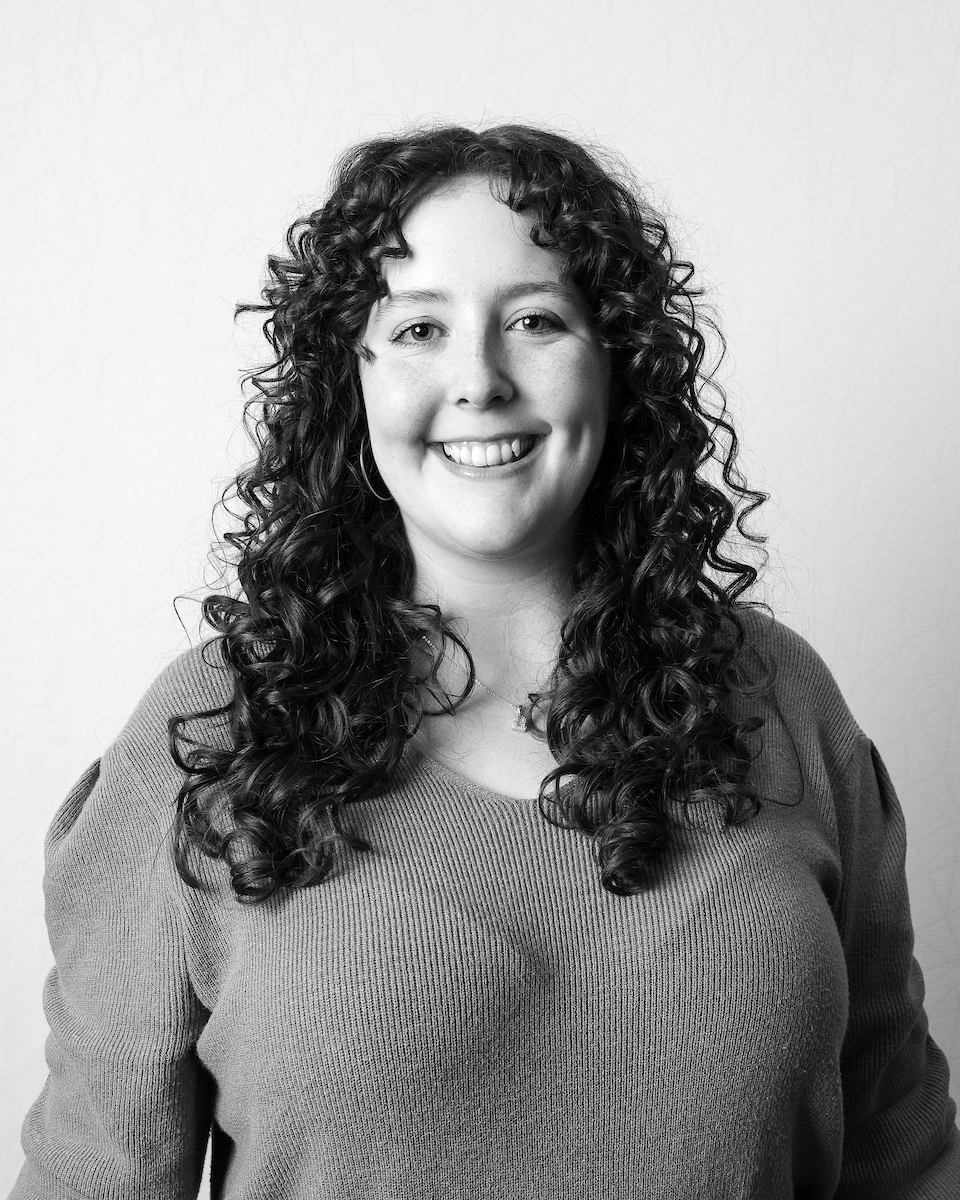
By Lauren Rives
One of the things that’s struck me the most in doing sexual violence prevention work is that society almost always talks about harm retroactively. It happened to someone. Someone hurt another. We offer aid, support and change after a tragedy or trauma has occurred.
Because of this, our society typically confronts violence after highly visible acts of harm. We’ve seen this reality here at our very own institution. In fact, the University of Utah has become the quintessential example of failure in preventing relationship and sexual violence on college campuses because of our history with it.
We know, based on previous research, that students experience sexual violence at alarming rates on our campus and many others. The unfortunate reality is that sexual and relationship violence happens all the time, to a lot of people.
Understanding this is an important step in the effort to end sexual and relationship harm. Just as important, however, is understanding the causes of violence — which is where things get complicated. If there was a simple, singular cause, we would have ended the violence epidemic long ago. But a significant contributor to these issues that we don’t talk about enough is that people often cause sexual and relationship violence because they didn’t know what they were doing was harmful.
Most of us aren’t taught about the many forms harmful behavior can take.
It sounds crazy, but it’s true. Think about it. We already struggle to teach what healthy sex is. Sex ed in the United States generally provides the bare minimum of information because talking about sex is considered shameful or even immoral. If we feel like the only way we can discuss healthy sex is in hushed whispers, how can we possibly talk about sexual harm? How do you create or develop respect for boundaries if you’re only taught abstinence until marriage? What is consent if you’re simply told that saying “yes” means it’s not assault? What is harm if literally all of sex is strange and confusing?
When we don’t know what sexual and relationship violence is, we won’t know how to avoid it. We harm, often unintentionally.
This is hard to acknowledge. Society has spent so long ignoring survivors of sexual violence that now that we’ve seen some accountability, saying that a person who causes harm doesn’t always know that what they were doing was harmful feels like excusing their actions. That isn’t my intent. People who caused harm still need to take responsibility for what they did.
However, to do so, they need to know why specific behaviors are harmful and society has failed to put measures in place to teach us about the differences between healthy relationships and those that are harmful. In our conversations about healthy sex, we’ve assumed that people will automatically know what sexual and relationship harm looks and feels like. Conversations about healthy and unhealthy relationships and sexual violence are presented in a black and white binary, a yes and no, an either/or.
Harm is often not that simple nor is it universally understood. We cannot keep presenting it that way if we want to end relationship and sexual violence.
 Lauren Rives is double majoring in psychology and gender studies, with interest in studying intersectionality, the impacts of the carceral justice system and gender development. She is a student staff member at the McCluskey Center for Violence Prevention.
Lauren Rives is double majoring in psychology and gender studies, with interest in studying intersectionality, the impacts of the carceral justice system and gender development. She is a student staff member at the McCluskey Center for Violence Prevention.
